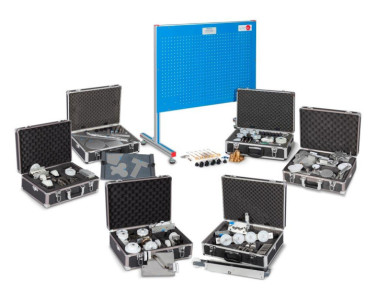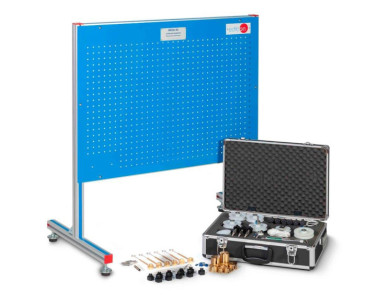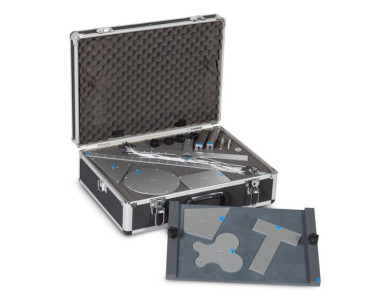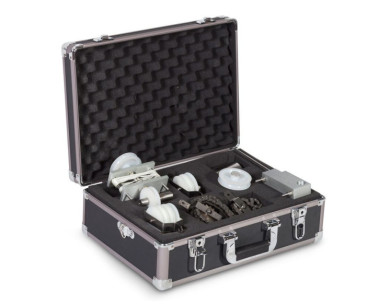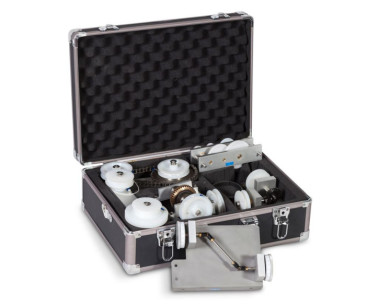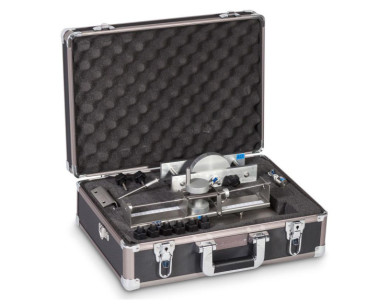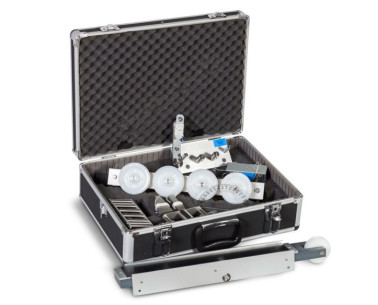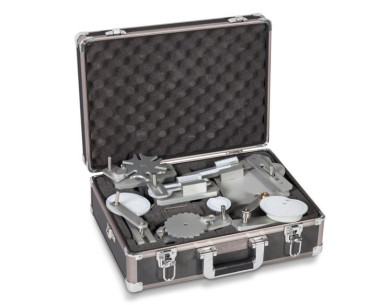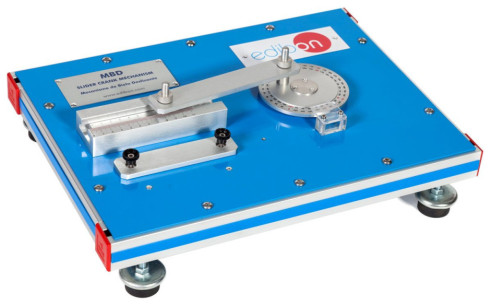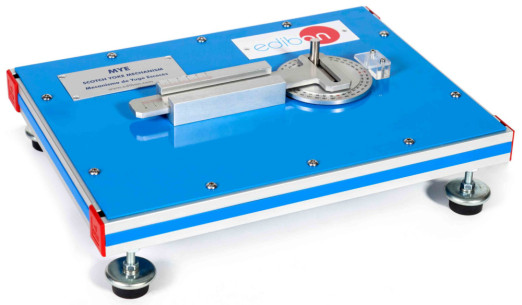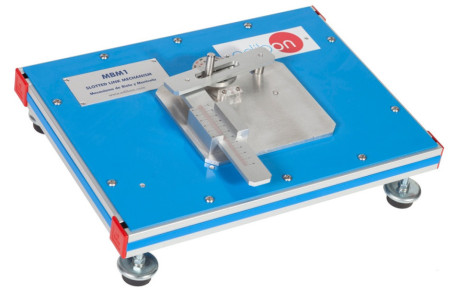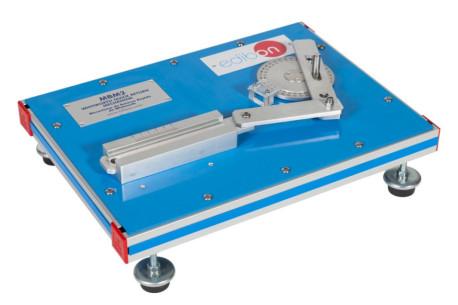FOR FURTHER INFORMATION, CONTACT US
14.1.- BIOMECHANICS
Biomechanics studies the mechanics of movement of the living beings organism, among them the human body movement. This study ranges from the simplest movements of daily life, such as work or sports activity, to the movement of some internal organs, such as the heart. To study the human body kinetics, biomechanics applies the principles of mechanics and the knowledge of anatomy and physiology, allowing the design of new diagnostic and treatment instruments and the development of better implants and prostheses designs.
View moreNowadays, Biomechanics analyzes the movements of the combination of joints and muscles. These analyzes allow us to study the loads and efforts to which the human body is subjected. The knowledge of human kinetics makes possible the treatment of injuries and their subsequent rehabilitation, the design of prostheses that allow flexibility of movement, the search for new sports techniques to increase the performance of a physical activity or the prevention of the organism deterioration when doing activities at work and at home. This knowledge can be divided into several areas of Biomechanics: Medical Biomechanics, Sports Biomechanics and Occupational Biomechanics. Another application of Biomechanics is the design of robotic applications. The movements made by the robotic arms or the displacement capacity of some by means of an electro-mechanical locomotor system are based on the mechanics of living beings.
The continuous study of the mechanical behavior of organisms is leading the Biomechanics applications to develop bionic prostheses and artificial organisms that simulate the normal functioning of a real organism and can react to stimuli. In addition, the improvement of the exoskeletons technology will increase the mobility of people with reduced mobility and improve physical capacities when carrying out great strain activities.
View Products Cookie preferences
Cookie preferences

